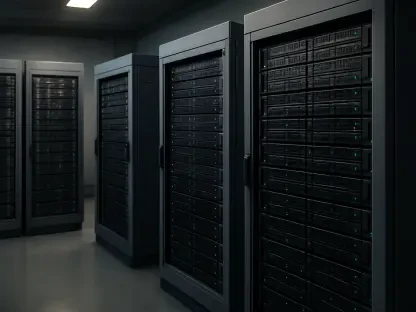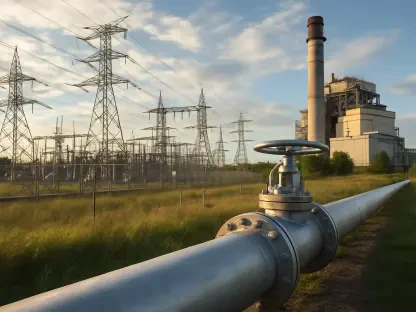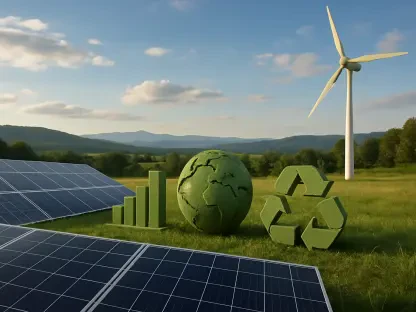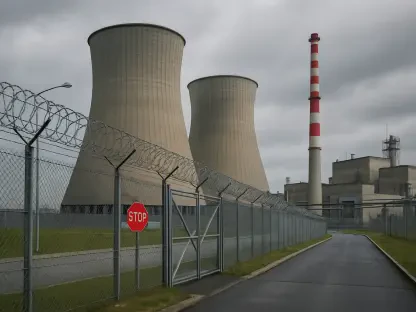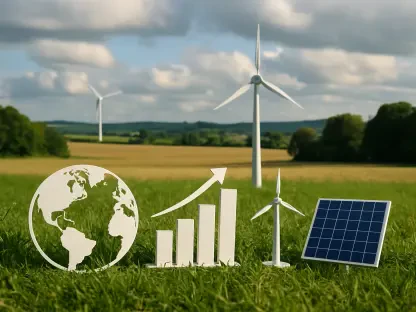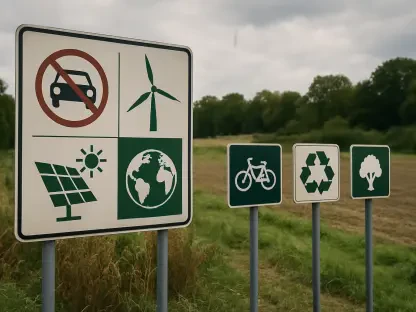In this interview, we speak with Christopher Hailstone, an expert in energy management, renewable energy, and electricity delivery. He provides valuable insights on grid reliability and security. The discussion focuses on a new partnership and the creation of a recycling manufacturing facility in Lodi, California, aimed at transforming post-consumer cartons into sustainable building materials.
Can you explain the partnership between the Carton Council, Elof Hansson USA Inc., and the Upcycling Group?
The partnership between the Carton Council, Elof Hansson USA Inc., and the Upcycling Group is centered around building a new recycling manufacturing facility in Lodi, California. This facility will transform post-consumer food and beverage cartons into sustainable building materials, supporting regional recycling efforts and addressing the demand for eco-friendly construction materials.
What motivated the creation of a new recycling manufacturing facility in Lodi, California?
The motivation behind creating this facility stemmed from the need to enhance recycling infrastructure on the West Coast and to provide a sustainable solution for managing post-consumer food and beverage cartons. The facility will help to reduce the carbon footprint of building materials and ensure that cartons are kept out of landfills.
How did you select Lodi as the location for this new facility?
Lodi was selected due to its strategic location on the West Coast, which allows for efficient sourcing of cartons from California and neighboring states. This regional proximity helps to streamline the collection and recycling process while also supporting local employment and economic growth.
Can you describe the manufacturing process that transforms post-consumer cartons into sustainable building materials?
The manufacturing process involves shredding used aseptic and gable top cartons and bonding them into large, durable sheets through high-pressure and heat treatment. This method eliminates the need for water, formaldehyde glues, or hazardous chemicals. The process ensures that the resulting building materials are eco-friendly and sustainable.
What are the environmental benefits of the building materials produced by this facility?
The primary environmental benefits include a significantly lower carbon footprint, as the boards produced have at least an 80% smaller carbon footprint compared to traditional building materials. Additionally, the process avoids mining, tree cutting, and water usage, making the materials more sustainable and less harmful to the environment.
How does the carbon footprint of your boards compare to traditional building materials?
The carbon footprint of our boards is at least 80% lower than traditional building materials. This substantial reduction is achieved by utilizing recycled materials, eliminating the need for water, and avoiding hazardous chemicals in the manufacturing process.
What types of products can be made using the recycled cartons?
The recycled cartons can be transformed into a variety of building materials, including roofing, wallboard, and other construction-related products. These materials are durable and meet the requirements of modern construction while being more sustainable than their traditional counterparts.
How does the process of shredding and bonding used cartons work without water, formaldehyde glues, or hazardous chemicals?
Our process involves high-pressure and heat treatment to bond the shredded carton materials into durable sheets. This method eliminates the need for water, formaldehyde glues, and hazardous chemicals, making it an environmentally friendly alternative to traditional manufacturing processes.
What role do you expect this facility to play in expanding recycling efforts in California and the West Coast?
This facility is expected to play a crucial role in expanding recycling efforts by providing a new, regional end market for post-consumer cartons. It will help improve recycling rates, reduce the environmental impact of waste, and promote the use of sustainable building materials in the region.
How will sourcing cartons from California and neighboring states make recycling more efficient?
Sourcing cartons locally from California and neighboring states simplifies the collection process, reduces transportation costs and emissions, and ensures a steady supply of recyclable materials for the facility. This efficiency supports the overall goal of improving recycling infrastructure on the West Coast.
What impact will this facility have on local landfills?
By diverting approximately 750 tons of food and beverage cartons from landfills each month, the facility will significantly reduce the volume of waste going to local landfills. This not only helps extend the lifespan of these landfills but also decreases the environmental impact of waste management in the region.
How many tons of food and beverage cartons will the facility recycle each month once operational?
Once fully operational, the facility is expected to recycle around 750 tons, or 1,500,000 pounds, of food and beverage cartons each month.
How many people will be employed at the facility?
The facility will employ an estimated 15 people, contributing to local job creation and economic development.
Why is it important to keep food and beverage cartons in use and out of landfills?
Keeping food and beverage cartons out of landfills is important because it reduces the environmental impact of waste, conserves resources, and contributes to a circular economy where materials are continuously reused and recycled, minimizing waste and environmental degradation.
Can you tell us more about the types of food and beverage cartons, such as aseptic and gable top?
There are two main types of food and beverage cartons: aseptic and gable top. Aseptic cartons are shelf-stable and used for products like broth, soups, juices, and milk, allowing long-term storage without preservatives or refrigeration. Gable top cartons require refrigeration and are typically used for milk and similar products.
What are the primary materials used in food and beverage cartons?
Food and beverage cartons are primarily made from high-quality fiber, with small amounts of plastic and, in the case of aseptic cartons, aluminum. These materials offer durability and protection for the contents while being recyclable.
How does recycling these cartons contribute to a circular economy?
Recycling these cartons contributes to a circular economy by keeping valuable materials in use, reducing waste, conserving resources, and minimizing environmental impact. The process transforms used cartons into new products, creating a continuous loop of resource utilization.
What steps is the Carton Council taking to build a sustainable infrastructure for carton recycling in the U.S.?
The Carton Council is working to build sustainable infrastructure by increasing access to carton recycling, promoting collaborative solutions to divert cartons from landfills, and supporting the development of facilities like the one in Lodi, which provide end markets for recycled materials.
How does the Upcycling Group support local recycling rates and create new green manufacturing jobs?
The Upcycling Group supports local recycling rates by developing facilities that convert waste materials into valuable products, expanding local recycling capabilities. They also create new green manufacturing jobs by operating these facilities and fostering economic growth in the regions where they are established.
Can you share more about the relationships and expertise the Upcycling Group has developed globally?
The Upcycling Group has developed extensive relationships and expertise globally, working with private investors, operators, governments, and leading companies in waste management, packaging, and construction industries. Their network and experience enable them to deliver effective green manufacturing solutions across various regions.
What added-value services does Elof Hansson USA Inc. provide to its partners?
Elof Hansson USA Inc. provides a range of added-value services, including financing, risk management, shipping, and compliance. They offer a comprehensive package that simplifies business operations for their partners and ensures smooth and efficient transactions.
How does Elof Hansson USA Inc. source forest products and building materials for its clients?
Elof Hansson USA Inc. sources forest products and building materials from leading suppliers in Europe, Asia, and the Americas. They leverage their global network and expertise to provide high-quality materials to their clients, ensuring reliable and sustainable sourcing practices.
What are the main challenges you foresee in operating this new recycling facility?
The main challenges may include establishing efficient collection and sorting systems, maintaining consistent quality of the recycled materials, and ensuring economic viability amid fluctuations in market demand for sustainable building materials.
How do you plan to address the challenges associated with sustainable manufacturing and recycling?
We plan to address these challenges by leveraging our expertise, continuously improving our processes, collaborating with stakeholders, and investing in technological advancements that enhance efficiency and sustainability in manufacturing and recycling.
What long-term impact do you envision this facility having on the construction industry?
In the long term, this facility will help drive the adoption of sustainable building materials in the construction industry, reduce the environmental impact of construction practices, and promote the principles of a circular economy, setting a precedent for future developments in sustainable construction.


